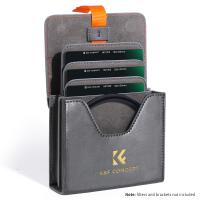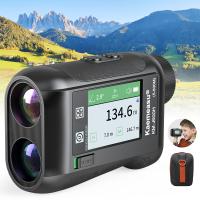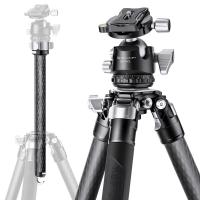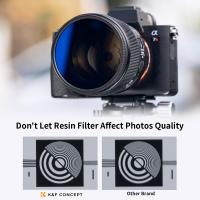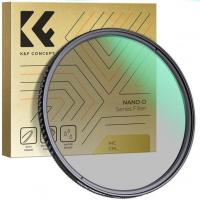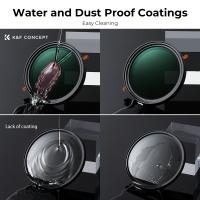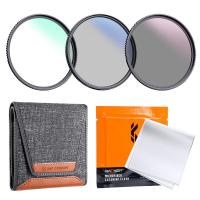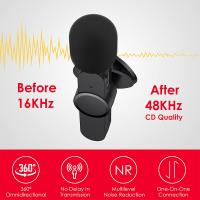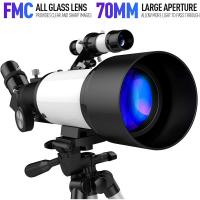What Are Polarized Filters?
Polarized filters, often referred to as polarizing filters, are essential tools in the world of photography and optics. These filters are designed to manage light waves, reducing glare and reflections, enhancing colors, and improving contrast in images. Understanding how polarized filters work and their practical applications can significantly elevate the quality of your photographs and visual experiences. In this article, we will delve into the mechanics of polarized filters, their types, benefits, and practical uses, providing a comprehensive guide for both amateur and professional photographers.
Understanding Polarized Filters
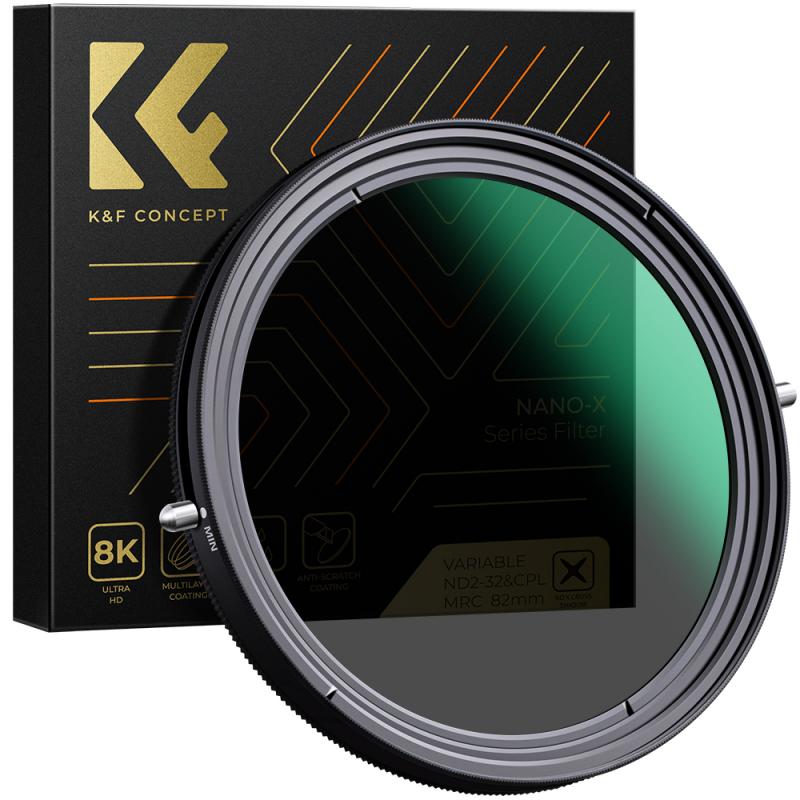
At its core, a polarized filter is a piece of optical equipment that selectively allows light waves of a specific polarization to pass through while blocking others. Light waves vibrate in multiple directions, and when they reflect off surfaces like water, glass, or roads, they often become polarized, meaning they vibrate predominantly in one direction. This polarization can cause unwanted glare and reflections, which can obscure details and reduce the quality of an image.
Polarized filters work by having a special chemical coating that blocks certain light waves. When light passes through the filter, only the light waves aligned with the filter's polarization axis are allowed through. This selective blocking of light waves reduces glare and reflections, making the image clearer and more vibrant.
Types of Polarized Filters
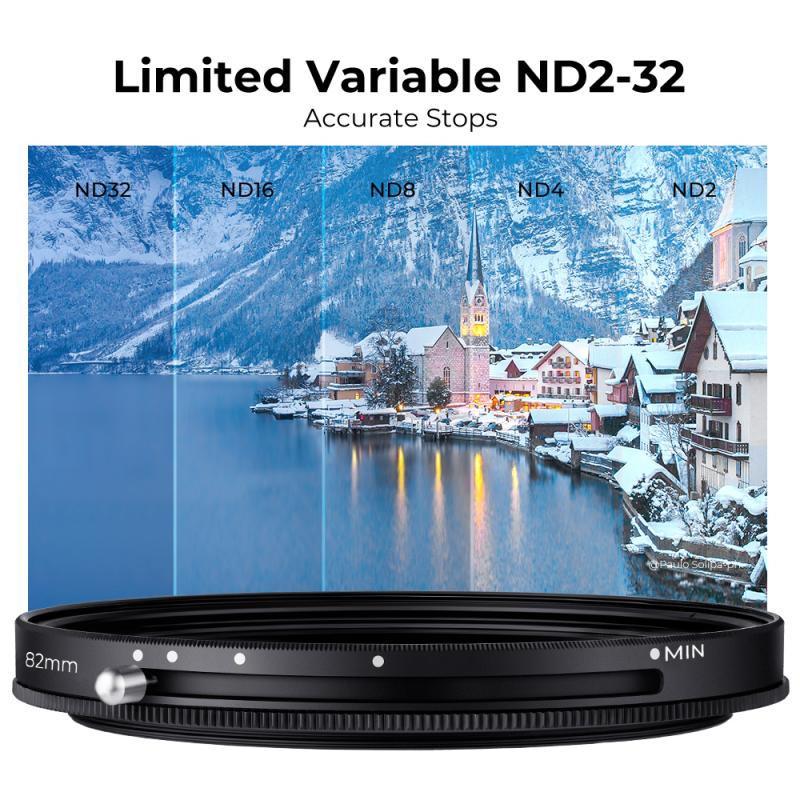
There are two main types of polarized filters: linear and circular. Each type has its specific applications and benefits.
1. Linear Polarized Filters: These are the simplest form of polarized filters. They are effective at reducing glare and reflections but can interfere with the autofocus and metering systems of modern cameras. This is because these systems often rely on polarized light, and a linear filter can block the necessary light waves, leading to inaccurate readings.
2. Circular Polarized Filters (CPL): These filters are designed to work with modern cameras. They consist of a linear polarizer followed by a quarter-wave plate, which converts the linearly polarized light into circularly polarized light. This design allows the autofocus and metering systems to function correctly while still providing the benefits of polarization.
Benefits of Using Polarized Filters

The use of polarized filters offers several significant advantages, particularly in outdoor photography. Here are some of the key benefits:
1. Reduction of Glare and Reflections: Polarized filters are highly effective at reducing glare from non-metallic surfaces such as water, glass, and foliage. This allows for clearer and more detailed images, especially in bright conditions.
2. Enhanced Color Saturation: By filtering out polarized light, these filters can enhance the saturation of colors, making skies appear bluer, foliage greener, and overall colors more vibrant. This can add a dramatic effect to landscape photography.
3. Improved Contrast: Polarized filters can increase the contrast in an image by reducing the haze caused by scattered light. This is particularly useful in landscape photography, where distant objects can appear clearer and more defined.
4. Protection for Your Lens: In addition to their optical benefits, polarized filters also serve as a protective layer for your camera lens, safeguarding it from dust, scratches, and minor impacts.
Practical Applications of Polarized Filters

Polarized filters are versatile tools that can be used in various photographic scenarios. Here are some practical applications:
1. Landscape Photography: One of the most common uses of polarized filters is in landscape photography. They can dramatically enhance the appearance of skies, making clouds stand out against a deep blue background. They also reduce reflections from water bodies, allowing for clearer shots of lakes, rivers, and oceans.
2. Architectural Photography: When photographing buildings, polarized filters can reduce reflections from windows and other glass surfaces, providing a clearer view of the structure. This is particularly useful in urban environments where glass and reflective surfaces are prevalent.
3. Wildlife Photography: In wildlife photography, polarized filters can help reduce reflections from water and foliage, making animals and their surroundings appear more vibrant and detailed.
4. Automotive Photography: For car enthusiasts and photographers, polarized filters can reduce reflections from car windows and bodies, allowing for more detailed and aesthetically pleasing shots of vehicles.
5. Aerial Photography: When shooting from an aircraft or drone, polarized filters can reduce the haze caused by atmospheric particles, resulting in clearer and more detailed aerial images.
Tips for Using Polarized Filters
To get the most out of your polarized filter, consider the following tips:
1. Angle of Light: Polarized filters are most effective when the light source is at a 90-degree angle to the subject. This is often referred to as the "Brewster's angle." When the sun is low in the sky, such as during the golden hours of sunrise and sunset, polarized filters can have a more pronounced effect.
2. Adjustability: Circular polarized filters are adjustable, allowing you to rotate the filter to achieve the desired level of polarization. Experiment with different angles to see how the filter affects the image.
3. Avoid Over-Polarization: In some cases, over-polarization can lead to unnatural-looking images, such as overly dark skies or uneven polarization across the frame. Use the filter judiciously to maintain a natural appearance.
4. Combine with Other Filters: Polarized filters can be used in conjunction with other filters, such as neutral density (ND) filters, to achieve specific effects. For example, combining a polarized filter with an ND filter can allow for long exposure shots in bright conditions while reducing glare and reflections.
5. Lens Compatibility: Ensure that the polarized filter you choose is compatible with your lens. Filters come in various sizes, so check the diameter of your lens before purchasing a filter.
Polarized filters are invaluable tools for photographers looking to enhance the quality of their images. By reducing glare and reflections, enhancing color saturation, and improving contrast, these filters can make a significant difference in various photographic scenarios. Whether you're capturing landscapes, architecture, wildlife, or vehicles, understanding how to use polarized filters effectively can elevate your photography to new heights. Experiment with different angles and settings to discover the full potential of polarized filters and create stunning, vibrant images that stand out.




